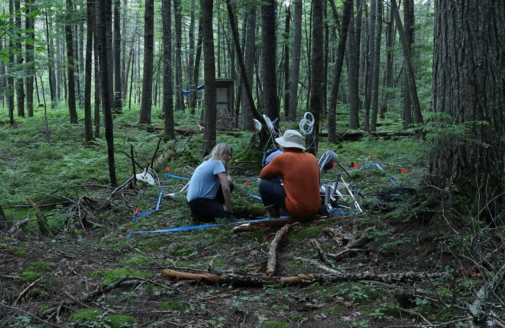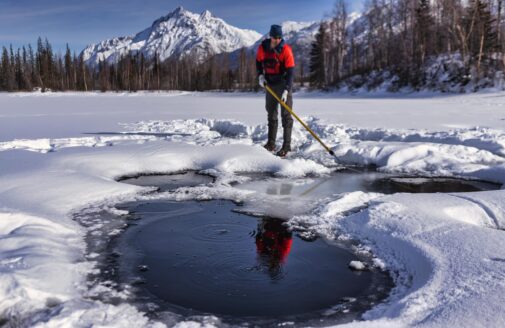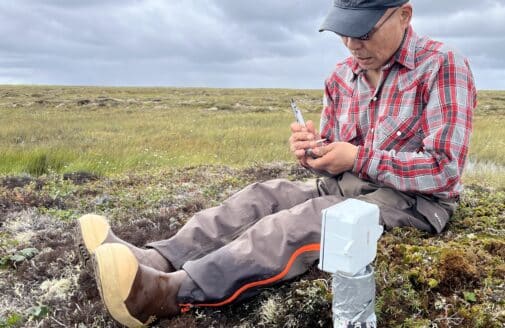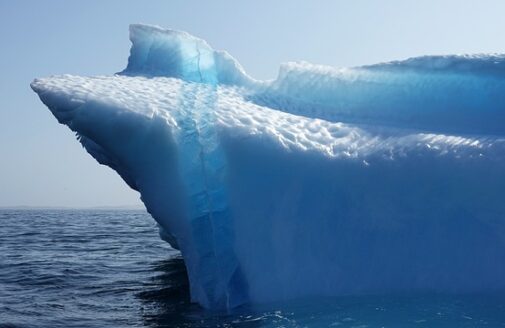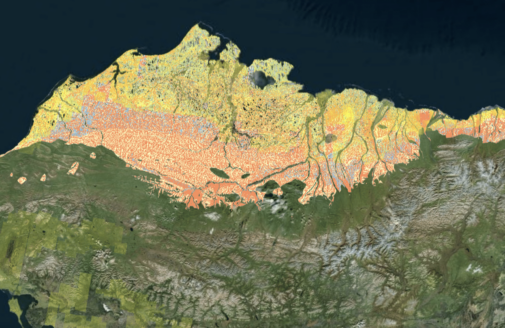A new dynamic in Arctic greenhouse gas fluxes
As the climate dries, methane consumption increases, a recent study finds

Upland tundra landscape during autumn near Inuvik, Western Canadian Arctic.
photo by Carolina Voigt
Arctic wetlands are known emitters of the strong greenhouse gas methane. Well-drained soils, on the other hand, remove methane from the atmosphere. In the Arctic and boreal biomes, well-drained upland soils cover more than 80% of the land area, but their potential importance for drawing methane from the atmosphere—the underlying mechanisms, environmental controls and even the magnitude of methane uptake—have not been well understood.
A recent study led by researchers from the University of Eastern Finland and University of Montreal, in collaboration with Woodwell Climate Research Scientist, Dr. Anna Virkkala, has expanded our understanding of these dynamics, finding that Arctic soil methane uptake may be larger than previously thought. The results show uptake increasing under dry conditions and with availability of a type of soil organic carbon that can be used in microbial uptake processes.


Snowy conditions (left) and automated measurement chambers (right) at Trail Valley Creek research camp.
photos by Carolina Voigt
The study was primarily conducted at Trail Valley Creek, a tundra site in the Western Canadian Arctic. The authors used a unique experimental set-up consisting of 18 automated chambers for continuous measurements of methane fluxes. No other automated chamber system exists this far North in the Canadian Arctic, and only few exist above the Arctic circle globally, most of which are installed at methane-emitting sites.
The high-resolution measurements of methane uptake (more than 40,000 flux measurements) revealed previously unknown daily and seasonal dynamics: while methane uptake in early and peak summer was largest during the afternoons, coinciding with maximum soil temperature, uptake during late summer peaked during the night. The study shows that the strongest methane uptake coincided with peaks of ecosystem carbon dioxide respiration—meaning that as methane is removed from the atmosphere, carbon dioxide production in the soil is high. Complementing flux measurements at Trail Valley Creek with measurements at other sites spread across the Canadian and Finnish Arctic showed that the availability of soil organic carbon and other nutrients may promote methane consumption in Arctic soils.
“The methane cycle has previously been primarily studied in wetlands because of their high methane emissions, but this study shows that drier ecosystems are also very important in the methane cycle,” says Virkkala.
These findings are highly relevant for estimating the current Arctic carbon budget, and for predicting the future response of Arctic soil methane uptake to a changing climate. According to the study, high-latitude warming itself, occurring up to four times faster in the Arctic than the rest of the world, will promote atmospheric methane uptake to a lesser extent than the associated large-scale drying.
“The Arctic methane budget has remained highly uncertain,” remarks the paper’s lead author, Dr. Carolina Voigt. “Our research provides one potential mechanism that might explain those uncertainties, and highlights the importance of methane measurements in drier ecosystems to calculate more accurate methane budgets.”





